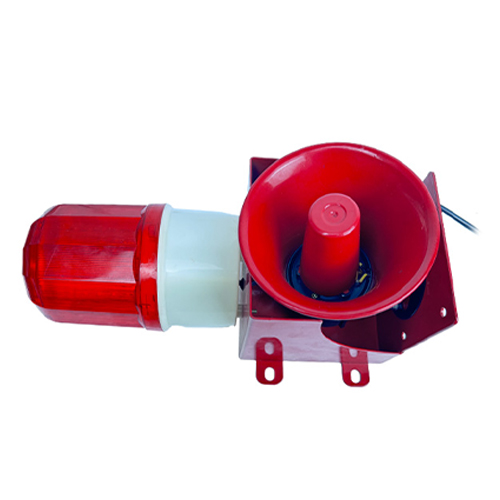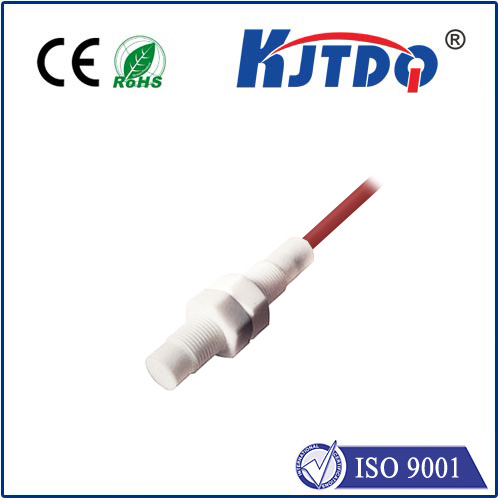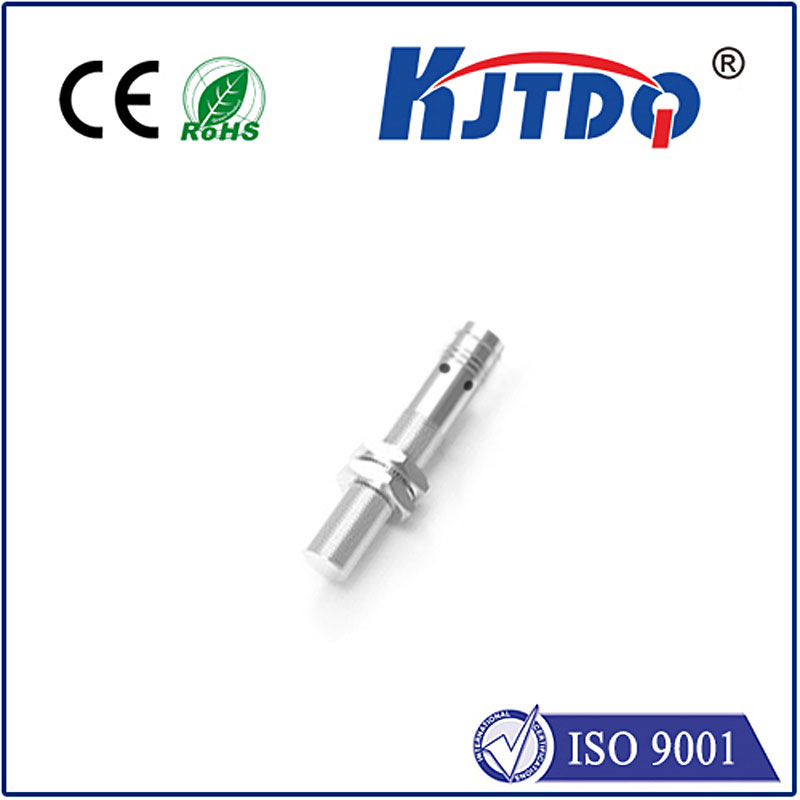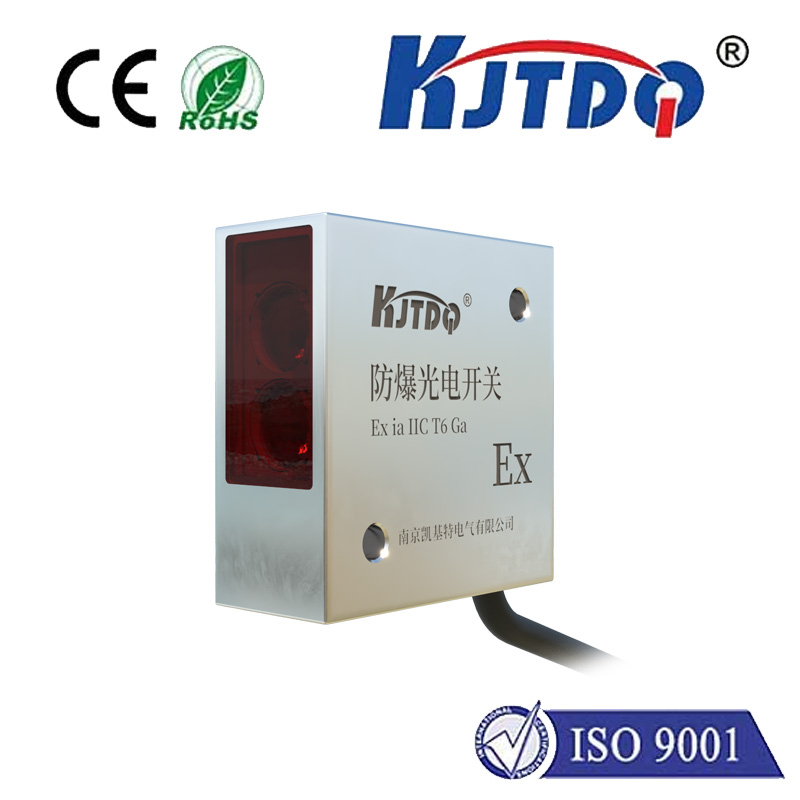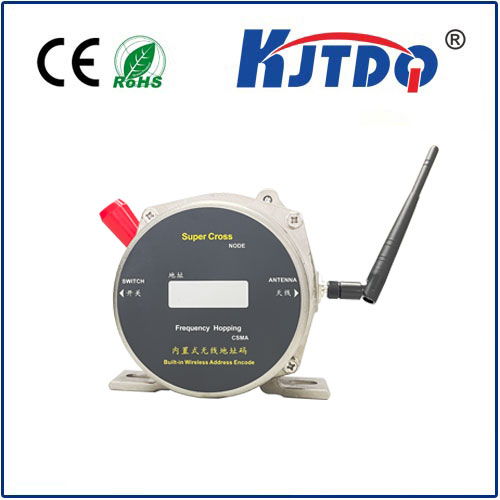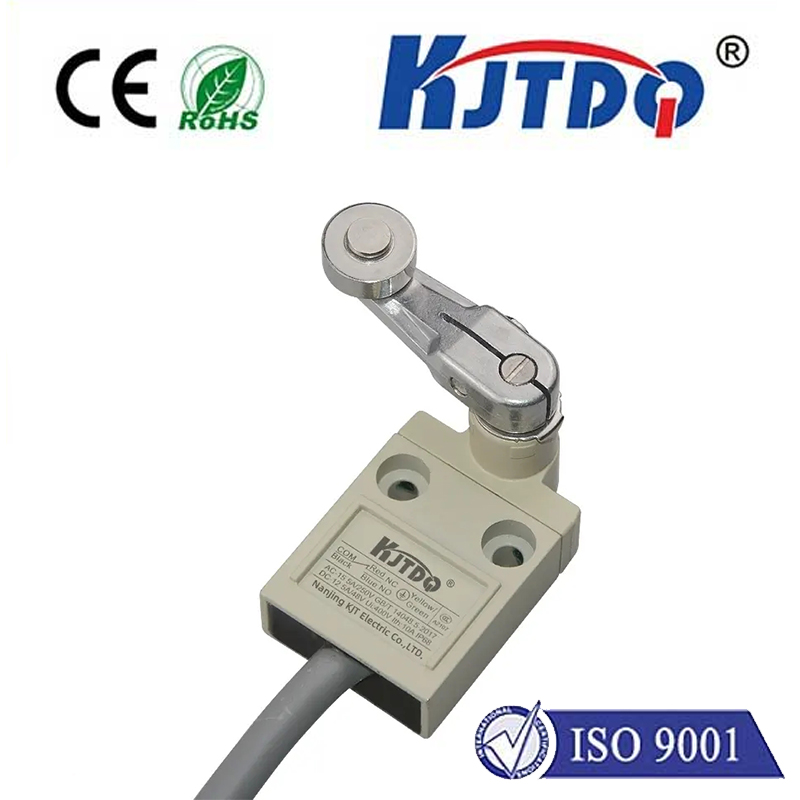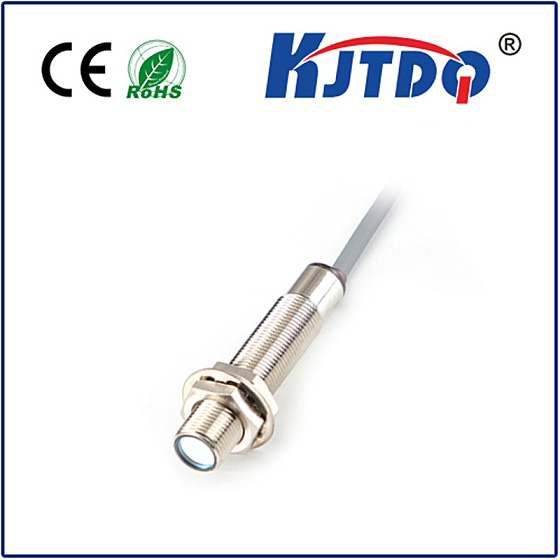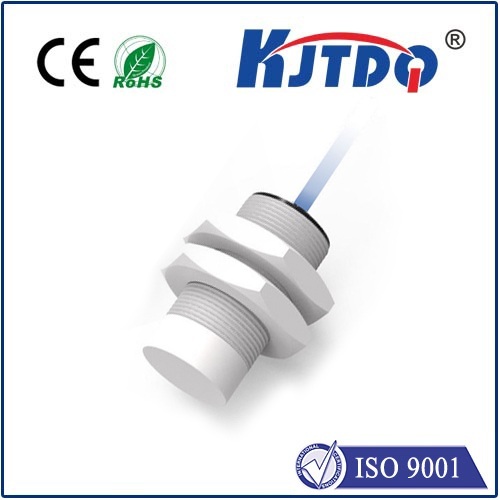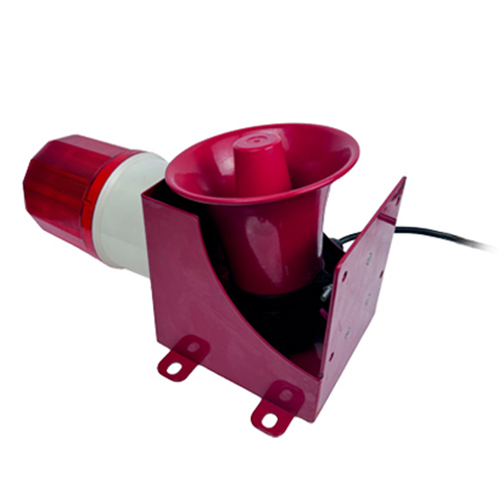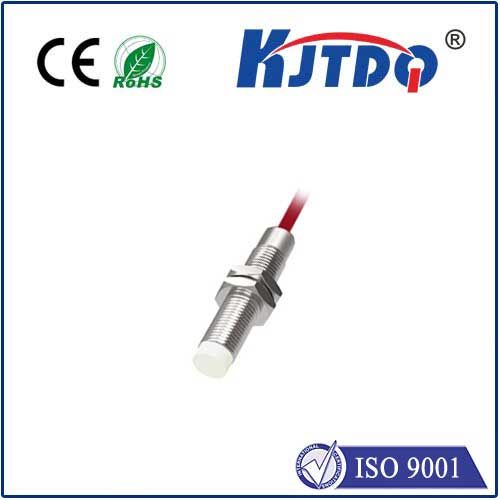laser movement sensor
- time:2025-08-29 02:01:53
- Click:0
The Precision Revolution: How Laser Displacement Sensors are Transforming Modern Measurement
Have you ever watched a robotic arm perform tasks with astonishing speed and micrometer precision? Or considered how modern bridges and buildings are constantly monitored for the slightest sign of structural shift? The invisible force enabling this level of accuracy often boils down to a remarkable piece of technology: the laser displacement sensor. Far more than simple presence detectors, these sophisticated instruments are the cornerstone of high-precision, non-contact measurement, driving quality and efficiency across countless industries. They represent a fundamental shift in how we quantify position, distance, and movement with unprecedented fidelity.
Understanding Laser Displacement: Core Principles
At its heart, a laser displacement sensor measures the exact distance between itself and a target object – its displacement. Unlike simple proximity switches that only indicate presence, displacement sensors provide a continuous, highly accurate reading of the target’s position. They achieve this primarily through two dominant optical principles:

- Triangulation: This is the most common method for shorter ranges and very high resolutions. The sensor projects a focused laser spot onto the target surface. The reflected light travels back at an angle to a sensitive position-sensitive detector (PSD) or CMOS/CCD array within the sensor. As the target moves closer or farther, the position where the reflected light hits the detector shifts. The sensor’s internal processor uses this angular shift and sophisticated algorithms to calculate the precise distance to the target with resolutions often reaching the sub-micron level. Think of it like using the parallax shift of a point of light to measure distance.
- Time-of-Flight (ToF): Ideal for longer measurement ranges (often several meters or more), ToF sensors calculate distance based on the time it takes for a laser pulse to travel to the target and back. Using the known constant speed of light, the sensor precisely measures this flight time to determine the distance. While typically offering lower resolution than triangulation sensors at close range, ToF excels in applications requiring speed and long-distance tracking.
The Unmatched Advantages: Why Laser Displacement Shines
The adoption of laser displacement sensors isn’t accidental; they offer unique benefits that traditional contact methods simply cannot match:
- Non-Contact Measurement: This is arguably the most significant advantage. The laser beam measures the target without physically touching it. This is crucial for delicate surfaces (like silicon wafers, soft materials, or fragile components), high-speed objects (rotating shafts, fast-moving production lines), or surfaces where contamination from a probe is unacceptable. It eliminates wear on both the sensor and the target.
- Exceptional Accuracy & Resolution: Modern laser displacement sensors achieve resolutions measured in nanometers or micrometers and accuracies within microns. This level of precision is essential in high-stakes manufacturing like semiconductor production, precision machining, and metrology labs.
- High-Speed Response: Laser sensors capture data at incredibly high frequencies, often in the kilohertz range. This allows them to track rapid vibrations, monitor fast-moving production lines in real-time, or capture transient events that slower methods would miss.
- Minimal Sensitivity to Material Properties: While surface reflectivity and color can influence performance, advanced sensors often feature auto-tuning capabilities or sophisticated algorithms to compensate for different target materials. Some models are specifically designed for challenging surfaces like black rubber or hot metals.
- Stable Output & Long-Term Reliability: Without mechanical contact points prone to wear, laser sensors offer excellent long-term stability and repeatability, reducing calibration frequency and maintenance costs.
Where Precision Meets Application: Real-World Impact
The capabilities of laser displacement sensors make them indispensable in diverse sectors:
- Industrial Automation & Manufacturing: They are the backbone of robotic guidance (ensuring precise positioning for welding, dispensing, assembly), real-time thickness and profile measurement of products (metal sheets, paper, plastics), vibration monitoring on machinery, and checking part dimensions for quality control (gauging).
- Electronics & Semiconductor Manufacturing: Measuring wafer warpage, controlling the position of wire bonding machines, inspecting component coplanarity, and ensuring precise alignment during photolithography processes demand the micron-level precision these sensors provide.
- Research & Development: Used in material science for deformation analysis under stress, in aerospace for structural testing, and in countless physics experiments requiring ultrafine motion tracking.
- Civil Engineering & Structural Health Monitoring: Detecting tiny displacements, cracks, or deformations in bridges, buildings, dams, and tunnels over time provides vital data for safety assessments and preventative maintenance.
- Medical Device Manufacturing: Ensuring precise dimensions and tolerances of implants, surgical instruments, and diagnostic equipment components is critical for safety and efficacy.
Choosing the Right Tool: Key Considerations
Selecting the optimal laser displacement sensor requires careful analysis:
- Measurement Range: What is the minimum and maximum distance the sensor needs to cover? Triangulation sensors excel at short ranges (mm to cm) with high precision, while ToF handles meters.
- Required Accuracy & Resolution: What level of detail is essential? Define the necessary tolerance levels for your application.
- Target Properties: Consider the surface material, color, finish (rough, shiny, transparent?), and reflectivity. Some sensors handle challenging surfaces (dark, matte, transparent) better than others. Operating temperature also matters – especially for hot targets near foundries or welding operations.
- Speed Needs: How fast does the target move or change? Ensure the sensor’s sampling rate (frequency response) is sufficient to capture the necessary data points without aliasing.
- Required Output: Analog voltage/current, digital (RS232, RS485, Ethernet), or switching outputs? Match the output to your control system or data acquisition setup.
- Environmental Conditions: Consider dust, moisture, ambient light levels, shock, and vibration in the operating environment. Choose sensors with appropriate IP ratings and ruggedness.
From the factory floor to the cutting-edge research lab, laser displacement sensors have become the silent enablers of the modern precision revolution. Their ability to deliver high-resolution, non-contact measurements at high speed underpins advancements in automation, quality assurance, safety, and scientific discovery. As technology evolves, these sensors continue to push the boundaries of what’s measurable, driving innovation and efficiency across the global industrial landscape. Understanding their capabilities is the first step towards harnessing their transformative power in your own quest for unparalleled precision.






